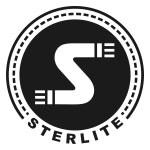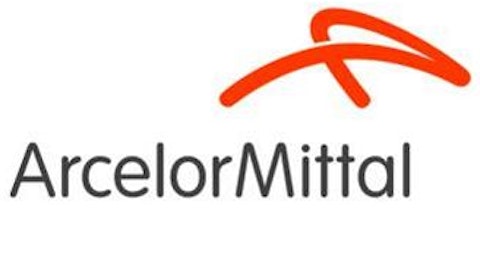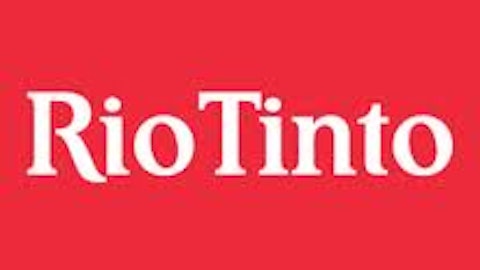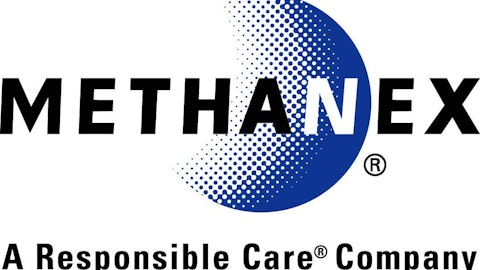India is the third largest exporter of iron ore in the world, and any disruption in its supply affects international iron ore prices. But due to the political mess in the country, the Supreme Court of India imposed a ban on the operations of over 200 mines in Goa last year. This was followed by bans in Indian states of Karnataka and Orissa, which altogether account for more than 90% of India’s total iron ore production.
Indian mining mess
Since the imposed bans, iron ore prices have surged 55%, and to control the domestic prices of the commodity, the Government of India is now looking to ban all iron ore exports from the country. This should create a serious shortage of iron ore in the coming years, but not all mining companies are worth the risk.

Operations in Goa and Orissa also remain suspended, and as a result, its consolidated quarterly net profits plunged 26%. But its stake in Cairn India acted as a cushion to some extent. Sterlite Industries India Limited (ADR) (NYSE:SLT) owns a 20% stake in India-based oil company, Cairn India. The 20% stake in the oil major contributed around $120 million to Sterlite’s overall net profit, without which Sterlite Industries India Limited (ADR) (NYSE:SLT) would’ve reported a loss of around $34 million.
Global peers
Naturally, investing in global mining companies, like Rio Tinto plc (ADR) (NYSE:RIO) and BHP Billiton Limited (ADR) (NYSE:BHP) sounds like a better idea. But BHP Billiton does not belong to the group of financially healthy companies. In 2010, it had net cash of $200 million, but by Dec. 31, 2012, it had net debt of over $30 billion.
Rio Tinto has also been struggling with record debt levels, and currently has around $19.4 billion in long -term debt. To repay the towering debt, BHP Billiton Limited (ADR) (NYSE:BHP) and Rio Tinto would be selling their assets which could jointly fetch as much as $30 billion.
Rio Tinto plc (ADR) (NYSE:RIO)’s management made it clear that it would be selling its diamond producing assets worth $2 billion, which won’t have much impact on its overall earnings. Analysts at Commonwealth Bank estimate that Rio Tinto can offload around $13.5 billion worth of assets, which include copper assets at Escondida and Kennecott.
Given the towering copper inventory, I don’t think Rio Tinto plc (ADR) (NYSE:RIO) would be able to get a fair price of its copper assets. And to add to it, selling $2 billion worth of assets would be of little significance for a company with a market cap of nearly $86 billion and a debt/equity ratio of 57.
A contrarian play
This leaves ArcelorMittal (ADR) (NYSE:MT) and United States Steel Corporation (NYSE:X), which are primarily involved in the manufacturing of iron and steel. But going by the debt metric, United States Steel and ArcelorMittal have a debt/equity of 113% and 42%, respectively.
To cut down its net debt of $17 billion, ArcelorMittal (ADR) (NYSE:MT) has been selling its assets, and recently announced that it would be selling its Labrador Trough iron ore mine for $1.1 billion. The company has also been restructuring its operations, and announced a new $3 billion savings plan which would complement the existing $4.8 billion savings plan.
This would boost its margins, and allow the company to repay its debt as soon as possible. Its management aims to cut net debt to $15 billion, which would be its lowest debt level since the merger of Arcelor and Mittal in 2006. Amidst an environment of economic uncertainty, ArcelorMittal has not only cut its debt, but also staged a turnaround for itself. Now that the steel demand is expected to pick up with recovering global economies, analysts expect its annual EPS to grow 32.39% over the next 5 years.
At the end of 2012, its iron ore production stood at 56 million tonnes, and the company aims to produce 84 million tonnes of the commodity by 2015. That is an impressive growth rate. To meet the production targets, ArcelorMittal (ADR) (NYSE:MT) has a $1.4 billion worth of expansion plan underway. Its Canadian mine currently produces 15 million tonnes of iron ore per annum, and post expansion, its annual production capacity would increase by 60%.
For the recent quarter, ArcelorMittal (ADR) (NYSE:MT) reported net operating cash flow of $3.32 billion, which rose an impressive 15.6% compared to the last year’s quarter.
Wrap up
But shares of ArcelorMittal have declined nearly 32% over the last year, and risk averse investors should stay at a distance from this one. That said, there’s no denying that ArcelorMittal is regaining financial health and its debt reductions along with production increases make it a value play. In my opinion, investors should keep an eye on ArcelorMittal.
Piyush Arora has no position in any stocks mentioned. The Motley Fool owns shares of ArcelorMittal.





